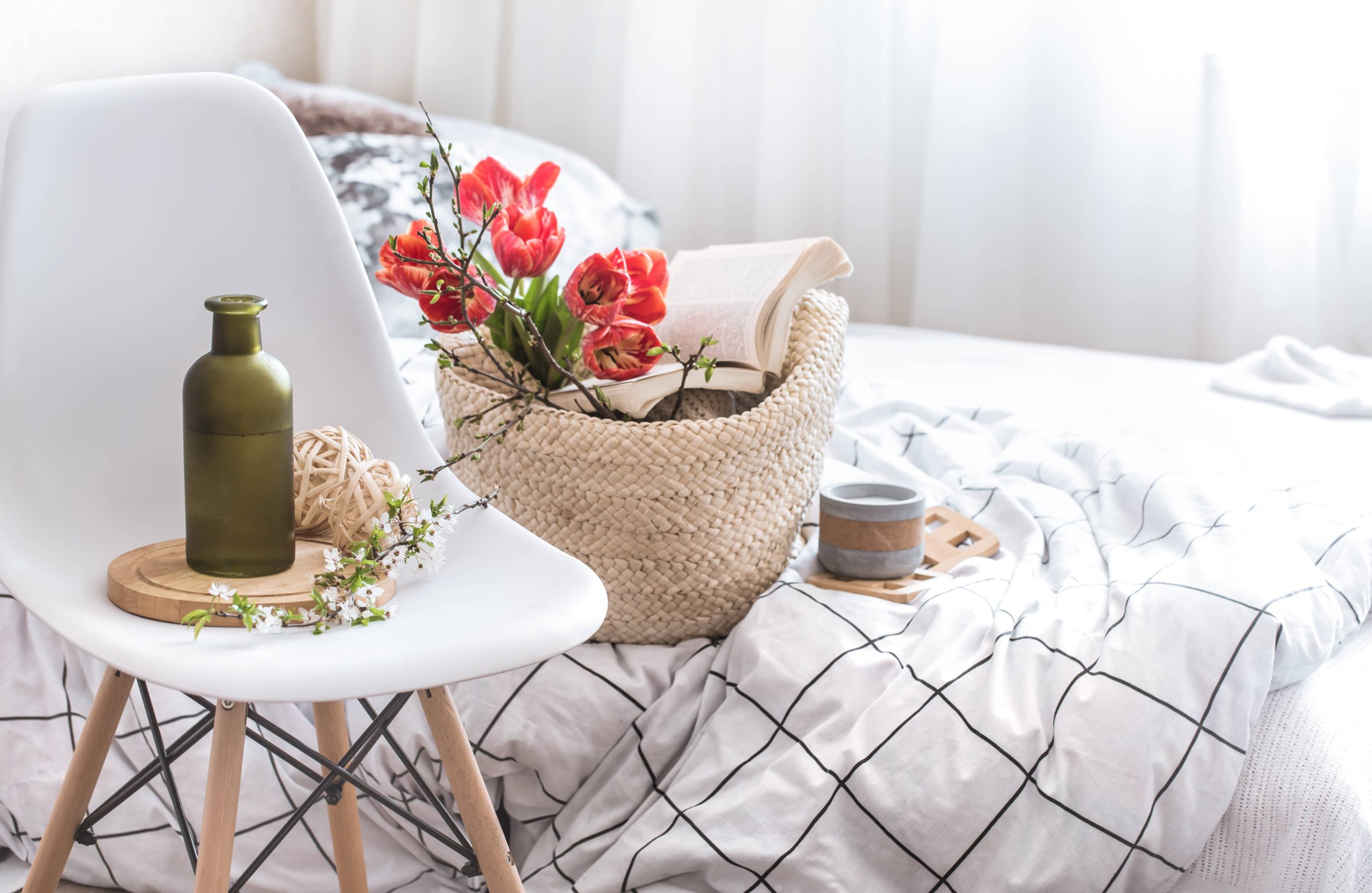
Open shelving in the kitchen can be both a blessing and a challenge. It’s an opportunity to showcase your beautiful dishware and whimsical kitchen collectibles, as well as a practical way to keep your kitchen essentials within easy reach. Positioned at the intersection between functionality and aesthetics, styling open shelving requires a curated approach and an eye for detail.
In recent years, the trend of open shelving has exploded onto the kitchen design scene, offering a fresh yet timeless appeal. Unlike traditional cabinetry, open shelves breathe life into a kitchen, creating an airy, welcoming environment. If you’re wondering how to style your open shelves to achieve that magazine-worthy look, here’s a comprehensive guide to get you started.
1. Start with Functionality
The first rule of styling open shelves is to identify their purpose. Think about what you use most frequently in your kitchen and have those items easily accessible. This will likely include dishes, glasses, cookbooks, and perhaps a few pantry staples.
– Accessibility: Ensure items you use daily, like plates and glasses, are at arm’s length.
– Variety: Mix in different types of items to create visual interest.
– Necessity: Only include pieces that serve a purpose. This will minimize clutter.
2. Consider the Design Aesthetic
The next step is to determine the overall aesthetic you want to achieve. Whether your style is modern, rustic, minimalist, or bohemian, your open shelving can reflect that.
– Color Scheme: Stick to a cohesive color palette. This could mean shades of white for a minimalist feel, or earthy tones for a rustic look.
– Materials and Textures: Balance smooth and rough textures by integrating wood, metal, glass, and ceramics.
3. Create a Balanced Composition
Balancing the composition of your shelves is crucial for an appealing look.
– Odd Numbers: Group items in odd numbers for a dynamic arrangement. For instance, a trio of vases or bottles.
– Vary Heights and Sizes: Place tall items next to shorter ones to add visual interest. This contrast prevents the setup from looking flat and monotonous.
– Layering: Layer items by placing smaller pieces in front of larger ones. Stack plates or bowls horizontally and combine with vertical arrangements.
4. Curate with Mindful Selection
Curating your open shelves means selecting each item intentionally, focusing on quality over quantity.
– Artwork and Photos: Integrate small frames or artwork to personalize the space.
– Plants and Greenery: Greenery can add a fresh touch. Consider small potted herbs or trailing plants.
– Collections and Cookbooks: Incorporate your favorite items, like special cookbooks or a collection of teacups, to infuse personality.
5. Highlighting and Accentuating
Once you have the primary items, think about how to accentuate them.
– Lighting: Use LED strips or spotlights to highlight your shelf arrangement.
– Backdrops: Consider painting the wall behind the shelves or using wallpaper to create contrast.
– Mirrors or Reflective Surfaces: Mirrors can make a space feel larger and reflect light beautifully, while reflective surfaces add a touch of glam.
6. Periodic Refresh
Open shelving requires occasional updates to stay fresh and uncluttered.
– Rotating Items: Periodically change the items on display to keep the look fresh.
– Seasonal Updates: Reflect the seasons with subtle changes — for example, incorporating pumpkins in the fall or florals in the spring.
– Regular Clean-up: Dusting and cleaning your open shelves are essential to maintaining their charm. It ensures that every object shines and stands out as part of the overall aesthetic.
7. Incorporate Personal Touches
Mix function with personal flair by adding unique pieces that reflect your personality and interests.
– Family Heirlooms: Display treasured items that hold personal significance.
– Handmade Crafts: Include pottery or ceramics you’ve created or collected from travels.
– Unique Finds: Hunt for unique pieces at thrift stores or antique shops to add character.
8. Enhance Organization
Finally, ensure your shelves remain organized. Clutter can quickly detract from even the best styling efforts, so strong organizational skills are essential.
– Storage Solutions: Use baskets or bins to store smaller items and hide any clutter.
– Uniformity: Maintain order by aligning objects and ensuring groups have a consistent structure.
– Labels: If you use jars for pantry items, consider labeling them for a neat, cohesive look.
In conclusion, open shelving in your kitchen can transform the space into a functional and beautiful feature. While styling may seem daunting at first, breaking it down into a series of steps can make it manageable and even enjoyable. Remember to play around with arrangement and styling until it feels just right for you. And most importantly, ensure that it remains a practical part of your kitchen experience, marrying aesthetic delight with organizational prowess. Happy styling!







